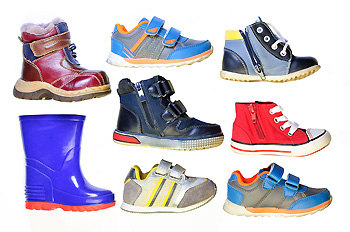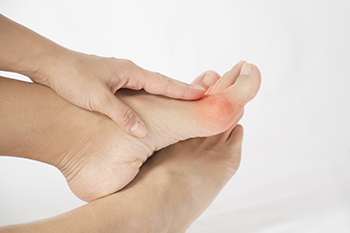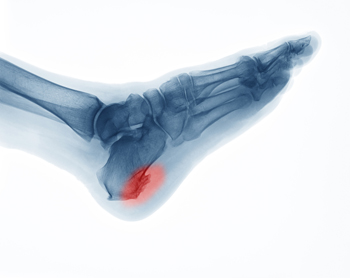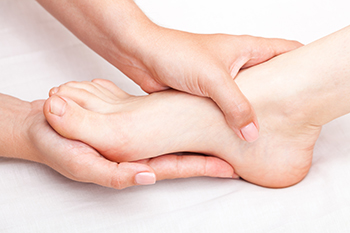When skin becomes damaged due to friction or other causes, a pocket of fluid (blister) may form which acts as a protective layer, or cushion. Clear serum is the fluid inside of a blister which helps the skin heal and protects it from becoming infected. If the blister is filled with yellow or green pus, this can mean that an infection has set in. Proper treatment is necessary in order to get rid of the infection and to avoid potential serious complications. To help prevent blisters from forming on your feet, make sure your shoes fit well and are comfortable—with no areas that cause friction or put pressure on your feet or toes. Keep your feet dry by purchasing moisture-wicking socks. If you have an infected blister or frequently experience blisters on your feet, it is suggested that you seek the professional care of a podiatrist.
Blisters are prone to making everyday activities extremely uncomfortable. If your feet are hurting, contact one of our podiatrists of Westside Podiatry Center, LLP. Our doctors can provide the care you need to keep you pain-free and on your feet.
Foot Blisters
Foot blisters develop as a result of constantly wearing tight or ill-fitting footwear. This happens due to the constant rubbing from the shoe, which can often lead to pain.
What Are Foot Blisters?
A foot blister is a small fluid-filled pocket that forms on the upper-most layer of the skin. Blisters are filled with clear fluid and can lead to blood drainage or pus if the area becomes infected.
How Do Blisters Form?
Blisters on the feet are often the result of constant friction of skin and material, usually by shoe rubbing. Walking in sandals, boots, or shoes that don’t fit properly for long periods of time can result in a blister. Having consistent foot moisture and humidity can easily lead to blister formation.
Prevention & Treatment
It is important to properly care for the affected area in order to prevent infection and ease the pain. Do not lance the blister and use a Band-Aid to provide pain relief. Also, be sure to keep your feet dry and wear proper fitting shoes. If you see blood or pus in a blister, seek assistance from a podiatrist.
If you have any questions, please feel free to contact one of our offices located in Liverpool, Camillus, Skaneateles, Oswego, and Cicero, NY . We offer the newest diagnostic and treatment technologies for all your foot care needs.










